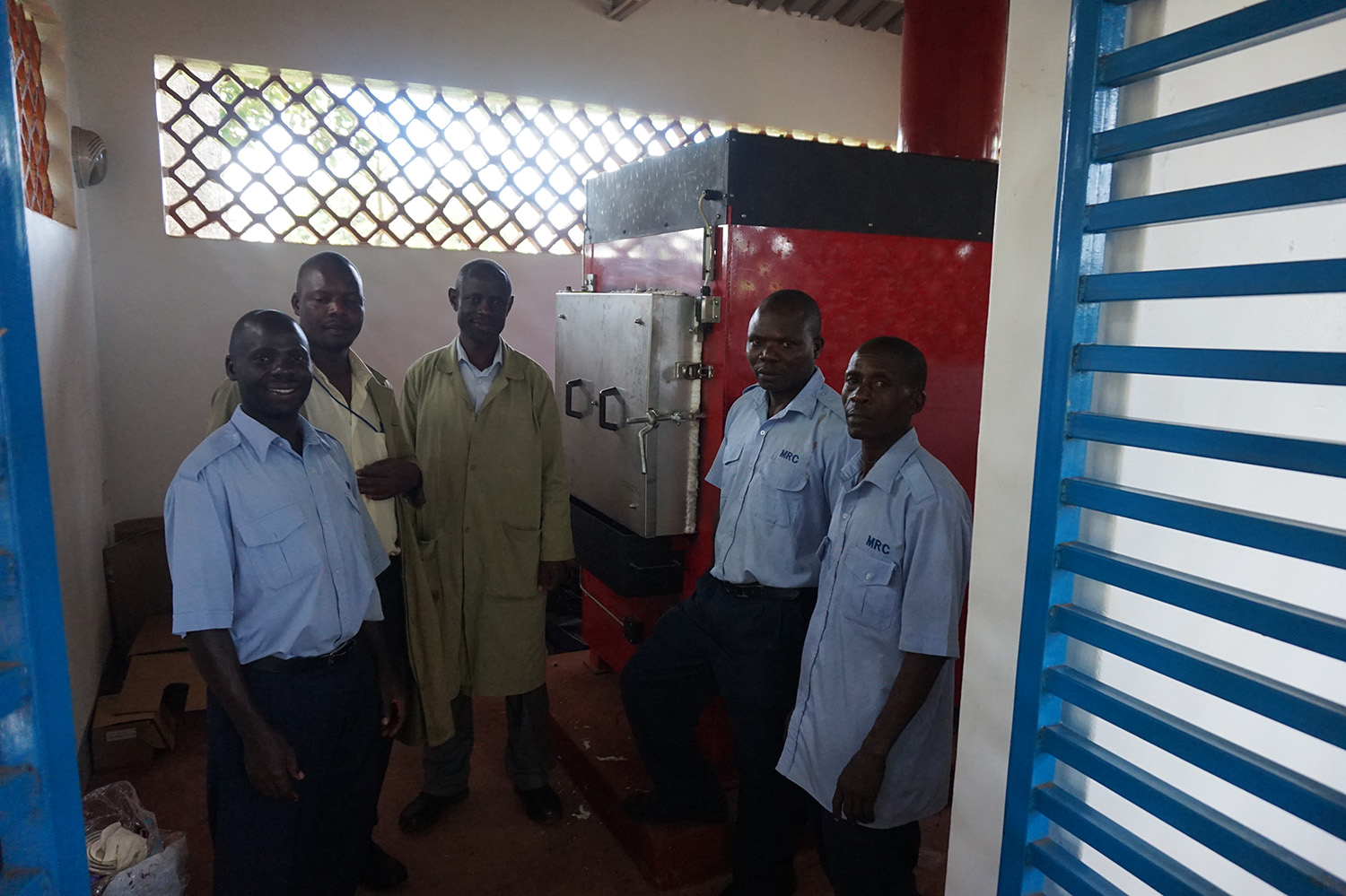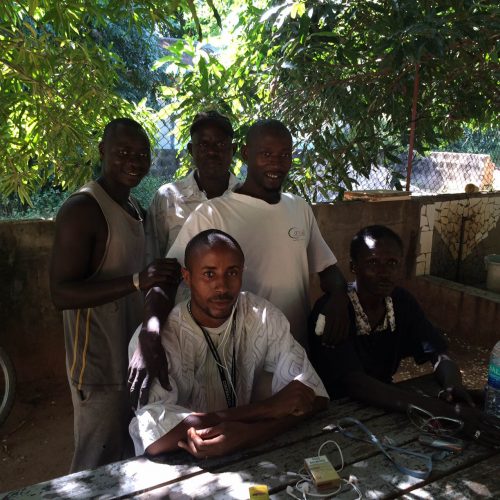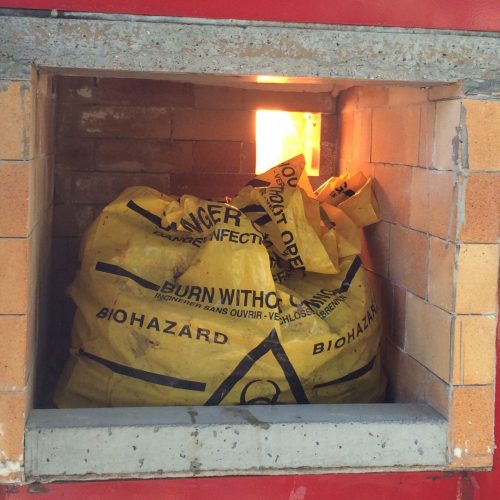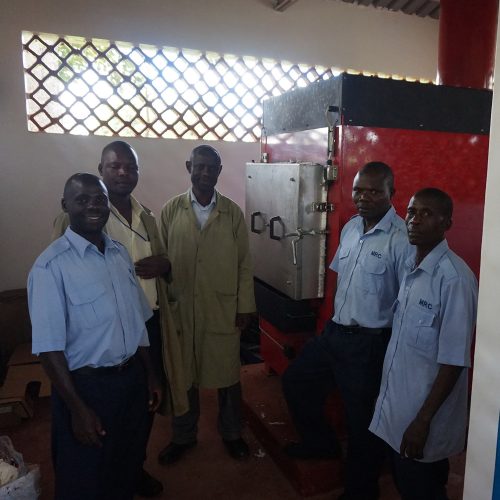
Supporting the Medical Research Council in Africa
Several state of the art medical waste incinerators have been installed across Africa in Uganda and the Gambia. Installed on behalf of the Medical Research Council to support the work carried out to monitor and control the HIV outbreaks and support the actions in place to reduce its spread.
Founded in 1913 the MRC has a long history of working to develop science to deliver life-changing improvement to health systems within the UK and across the globe and have since become a part of the government-funded UK Research and Innovation programme. They approached Addfield following a period of market research investigating the safest options available to them.
Prior to our involvement, the HIV waste was disposed of using two outdated approaches to incineration that would turn the waste into a tarball after incineration. However due to the increasing age of these machines operation was limited, requiring the doors to be open during an operation meant that they could only be operated at night as they were highly polluting.
Halting the spread across the nation
At the date of installation, it was estimated that over 26 million sub-Saharan citizens were infected with HIV and as part of the Millennium Development Goals program was the control and prevention of this disease. As part of this strategy, an infrastructure was required to ensure these targets are achievable. Part of this infrastructure would be the inclusion of Addfield Medical Pathological (MP) incinerators.
How important is incineration for medical waste?
When disposing of any infections or hazardous waste it is essential to make sure that any toxins or bacteria are completely neutralised to prevent risking spreading the disease further.
While some chemical methods may treat parts of the problem you are not able to cover 100% of the waste securely allowing the risks to persist.
This is where incineration is essential
Already recognised for playing a key role in eliminating contagious diseases due to the extremely high temperatures that the waste is burned at.
Reducing the majority of waste by 97% volume whilst leaving any non-combustible waste such as glass or metals fully sterilised ready for appropriate recycling or disposal.
Suitable for EID testing
The installations are intended to be able to operate without problems for many years to come as such it is vital that they were fit to manage all types of waste and usage. This included Early Infant Diagnosis testing, as well as Viral Load testing and disposal of the variety of waste and vials created in this application. As the composition of these vial can vary the available destruction needs to destroy all additional compounds including:
Compounds and waste generated by EID and Viral Load testing include:
- Triton X–100 and 2-amino-2-(hydroxymethyl) propane-1,3-diol hydrochloride.
- Guanidine Thiocyanate (present in the chemical waste generated by BioMérieux, Abbot, Roche,)
- BioCentric (Biocentric produces between 0.49g and 0.8575g of cyanurated waste per extraction cartridge (1 cartridge needed per test)
- GenXpert VL (The ‘Safety Data Sheet’ from Cepheid shows that GeneXpert HIV VL and EID cartridges contain ‘Guanidine Thiocyanate’ (GT). The VL assay cartridge has 2ml of GT in each cartridge (~2ml in a 8ml fluid) whereas the EID assay has 1.4ml/cartridge.)

Which incinerator was the right choice?
For medical waste incineration including viral testing it is essential to guarantee a complete burn is possible. Through the inclusion of a ‘hot hearth’ which allows the waste to be heated from below removing any cold spots for a more complete incineration the MP machines are second to none. Purposefully designed for the secure incineration of red and yellow bag biohazardous waste such as discarded medicine, sharps, human anatomical, soiled, and microbiology waste. The front loading design is not only for ease of use but also ensures there is a lack of restriction to where the incinerator can be located making them extremely easy to operate and maintain. Ideal for remote installations. In this instance 3 of MP100 machines were selected.
Now installed our customers have given us great feedback about the operation, and benefits that the advanced design has given them able to operate any time rather than being restricted to only night time operation as per the old approaches.
